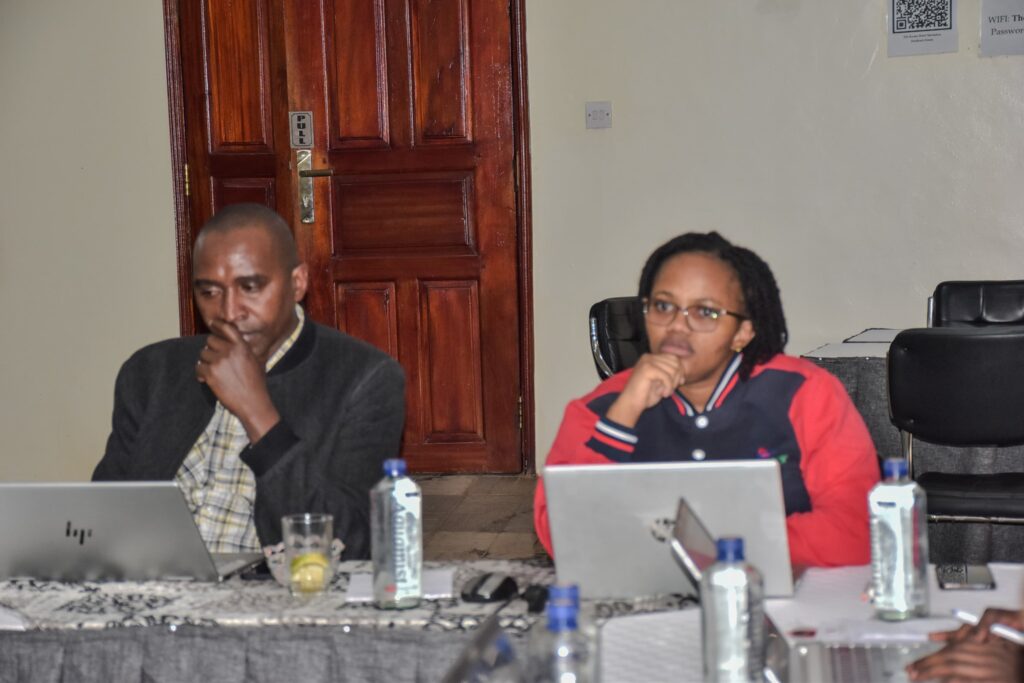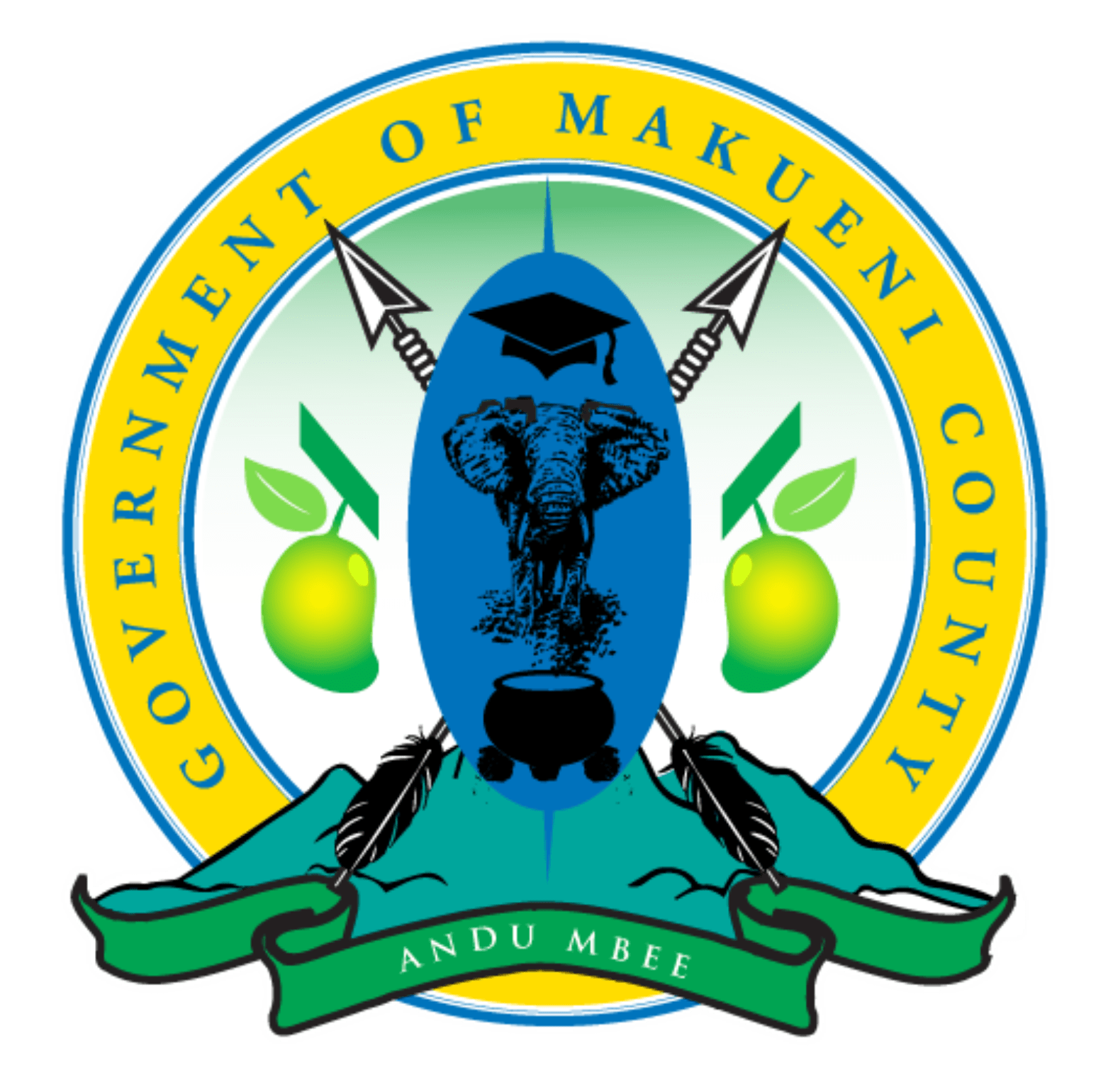HOW DATA IS POWERING MAKUENI’S DEVELOPMENT VISION

Did you know that data can define the development path of a community? And did you also know that Makueni has been quietly steering its decisions using a robust, people-driven data system that begins at the cluster level, a model widely celebrated as participatory budgeting?
Annually, the Department of Finance has deployed teams to clusters across the county to collect data directly from the public and county staff working at the grassroots. These sessions capture real community priorities, challenges, and insights that ultimately shape key development blue prints including the County Integrated Development Plan (CIDP).
In partnership with the Kenya National Bureau of Statistics (KNBS), the county compiles and analyzes this data before subjecting it to validation by data producers from county departments and semi-autonomous government agencies. The validated findings are then refined into the County Statistical Abstract, an official publication launched annually as the county’s authoritative data resource.
This data is instrumental in tracking progress on Sustainable Development Goals (SDGs), monitoring county performance, and informing the next phase of development planning. It provides a clear picture of what is working, what needs improvement, and where resources should be directed.
According to Acting Director in charge of Socio-Economic Planning, Stanlaus Matheka, the Statistical Abstract also supports the domestication of national data from KNBS.
In 2024, Makueni was recognized as the best-performing devolved unit in implementing the SDGs, a prestigious title the county has held for six consecutive years.
As the conversation around development deepens, next week,we will explore what sustainable Development Goals really mean for communities and why every resident should care about them.
Before then,tell us, how many SDGs do you know and which ones matter to you?



